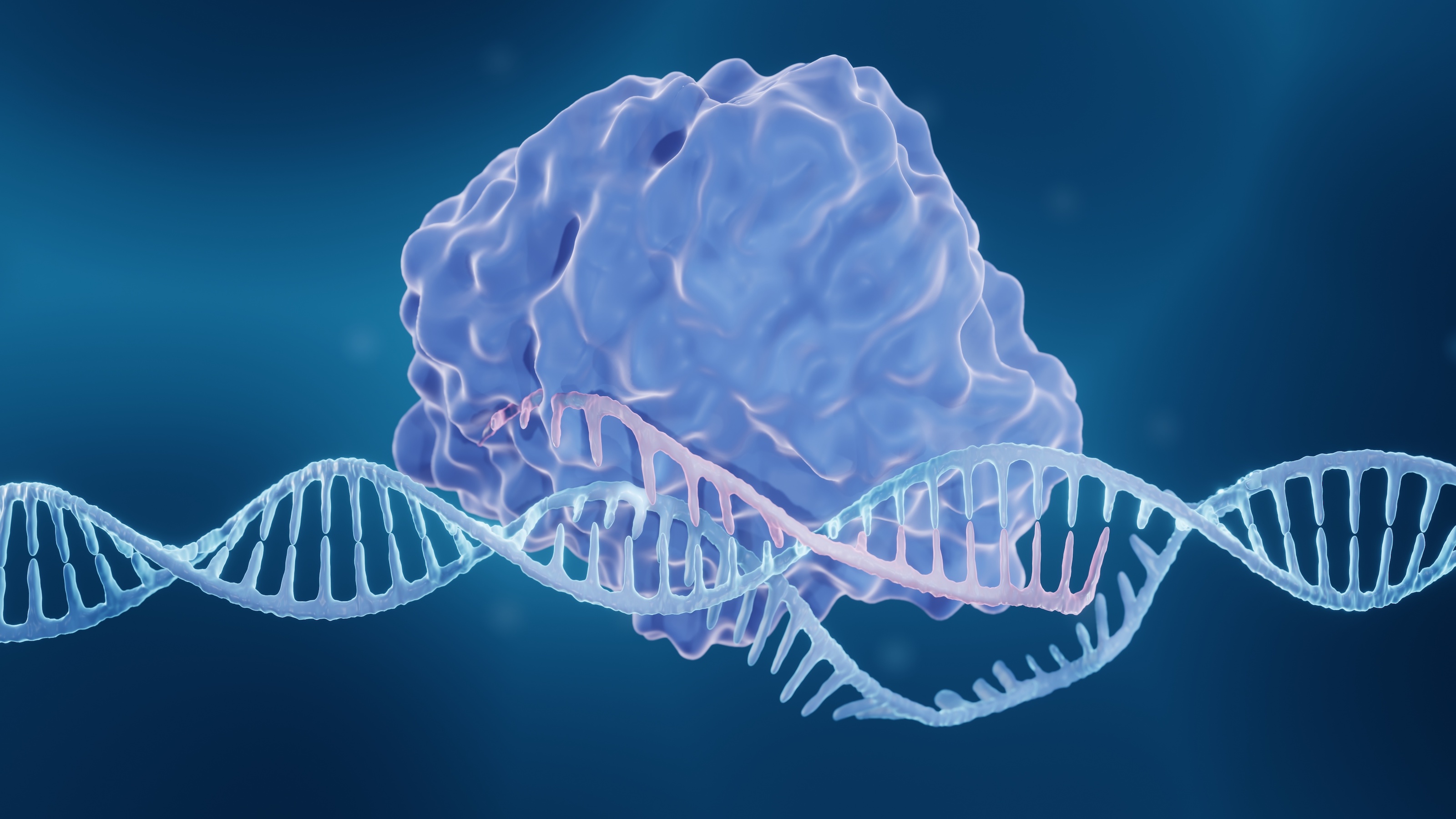microbes
Each year, several trillion pounds of microscopic silicon-based skeletons fall down the water column to pile up into siliceous ooze.
Once activated, the CRISPR-Cas12a2 system goes on a rampage, chopping up DNA and RNA indiscriminately, causing cell death.
Cryo-electron tomography, or cryo-ET, is the future of cell research.
Carnivores, herbivores, omnivores — and now virivores.
In the early 20th century, a young biochemist named Alexander Oparin set out to connect “the world of the living” to “the world of the dead.”
The vaccine provided protection for mouse and ferret models.
From synthetic biology to xenotransplantation, biotech will continue to march forward in 2023, in part powered by data and AI.
Concluding that Damar Hamlin’s cardiac arrest was caused by the COVID vaccine requires accepting highly improbable leaps of logic.
Passing chunks of ice can fertilize ocean waters and play a role in the planet’s carbon cycle.
A new drug inhibits a human enzyme that coronaviruses hijack in order to replicate.
We are still new at this.
Dead whales inspire a way to find extraterrestrial life on Mars.
Toxoplasmosis, which results from a chance encounter with a cougar and the parasite it carries, can push a wolf to seek alpha status.
ChatGPT’s capabilities are astonishing.
Mycobacterium leprae, the bacteria that cause leprosy, have the surprising ability to grow and reverse aging in armadillo livers.
It weakens the bacteria so that the immune system can destroy it.
From astrobiology to geology, a Moon base could serve as a laboratory unlike anything on Earth.
Three years after the pandemic began, we still don’t know the origin of COVID. A strange lack of curiosity has stifled the debate.
Bathybius haeckelii was briefly thought to be the link between inorganic matter and organic life.
About 8% of our genome is made of leftover viruses from our ancestors’ infections.
Antibodies can start forming in intestines over 10 years before symptoms arise.
Organic molecules can be produced by living or non-living systems. But the recent findings are very intriguing.
Many suspicious deaths of both humans and pets have been solved with the help of insects.
Biotechnology can convert enemy viruses into anti-cancer mercenaries.
Forensic researchers call such places “limited access environments.”
Since our arrival, humans have driven a seven-fold drop in the mass of wild land mammals.





























